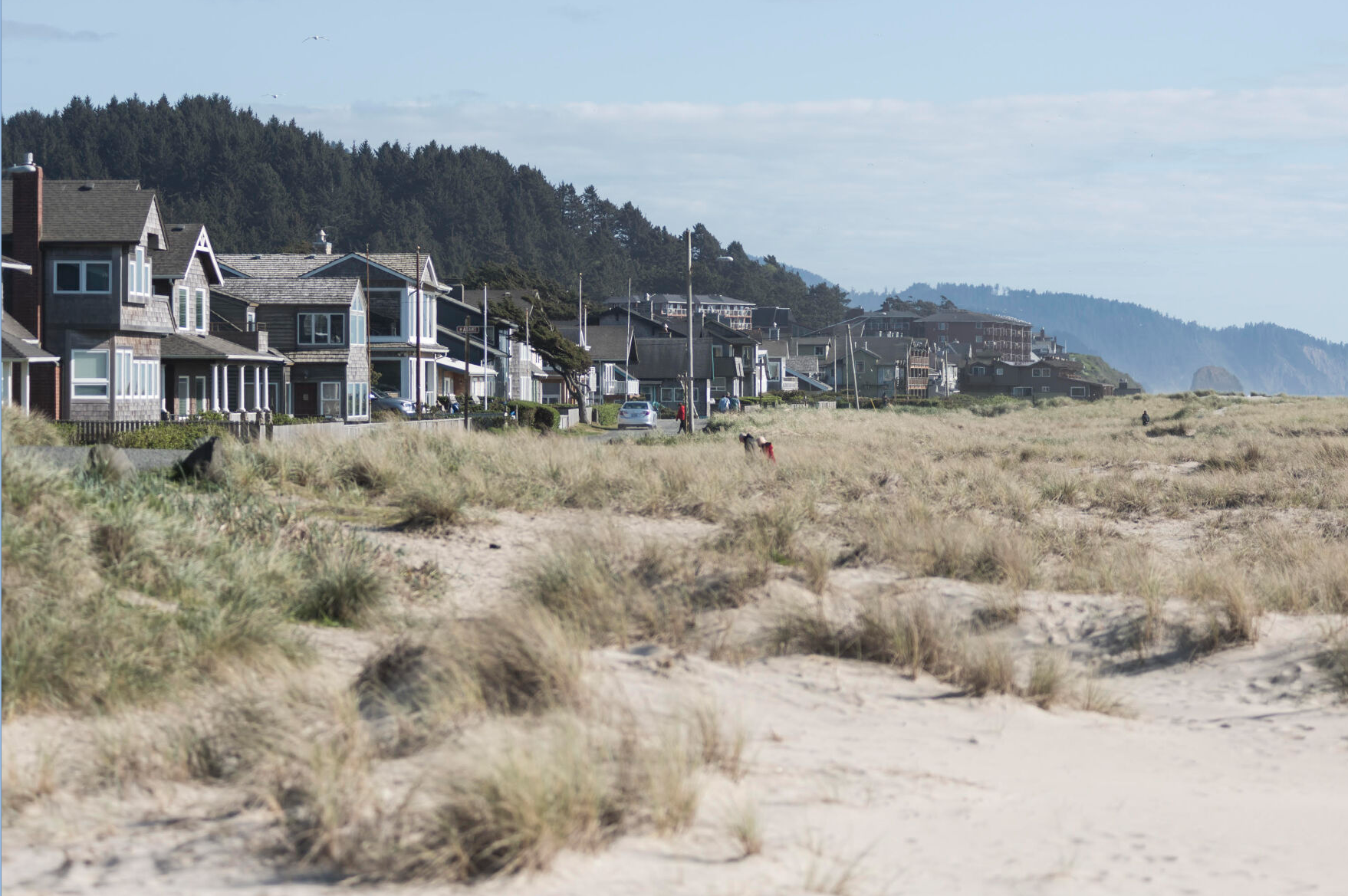From the editor’s desk
Published 8:00 am Saturday, June 15, 2024

- The downtown area has a high volume of complaints about potential code violations.
Thank you for your interest in reading The Astorian. Here are a few stories that you might have missed this week:
Trending
•••
A new code compliance specialist for Astoria hopes to educate business and property owners about code violations.
Victoria Sage joined the city’s Community Development Department in November in a newly created role designed to bolster the city’s ability to regulate code violations. Sage, who grew up on the North Coast, previously worked as a small-business owner and as a planner for Clatsop County.
Trending
Matt Brandmeyer, the city’s community development director, explained that Sage’s role is intended to ease the burden of code enforcement on other city departments.
“I think there was interest in creating the position because, essentially, our building division and our engineering division, and other departments within the city, weren’t able to take the time to fully address code enforcement issues,” he said. “So they wanted to kind of establish a role who was solely concerned with that.”
See the story by Rebecca Norden-Bright by clicking here.
•••
Seaside is moving forward with a proposal to build an affordable housing project near the old Seaside High School.
The North 40 property, located on the north end of Roosevelt Drive, was given to the city in 2022 by Clatsop County as part of an effort to use surplus land for housing, child care or social services.
“This project is a great opportunity to build needed rental housing for residents,” Elissa Gertler, the county’s housing manager, said. “Whether it’s residents of Seaside or, frankly, residents of other parts of the county who work in Seaside and need a place to live.”
Read the story by Jasmine Lewin by clicking here.
•••
As Oregon’s most prevalent seabird, common murres can often be spotted floating offshore or nesting on rocky cliffs. Typically, the birds boast a striking white belly, but on May 19, when one arrived at the Wildlife Center of the North Coast in Olney, a patch of its underside was nearly black, coated with a viscous, tar-like goop.
Researchers still aren’t sure exactly what that goop is, or where it came from.
The common murre is among the first of dozens of contaminated birds that have shown up in northern Oregon and southern Washington state since mid-May amid reports of tar patties on beaches up and down the coast.
The mystery substance prompted a coordinated response from state and federal agencies, including the U.S. Coast Guard, the Oregon Department of Environmental Quality, the Washington Department of Ecology, the Oregon Parks and Recreation Department, the Oregon Department of Fish and Wildlife and the Washington Department of Fish and Wildlife. On Friday, the unified command announced it would wrap up its operation after successfully cleaning up oiled beaches.
The investigation into the source of the contamination is ongoing, but the substance appears to be a petroleum-based product.
Take a look at the report by Olivia Palmer by clicking here.
•••
We invite you to help sustain local journalism on the North Coast. Please consider subscribing. We have several options available at: www.dailyastorian.com/subscribe-now/
— Derrick DePledge









